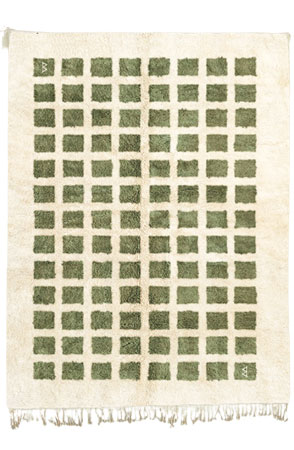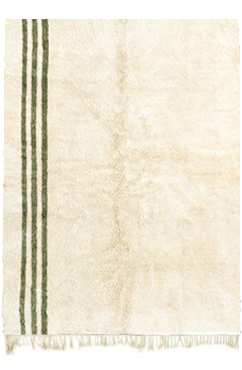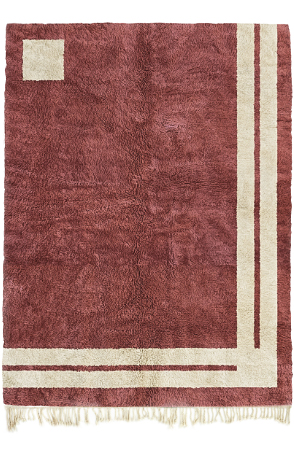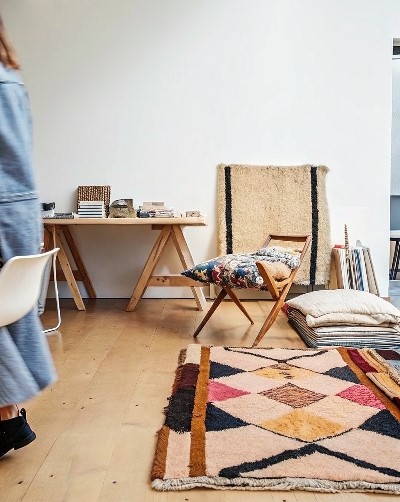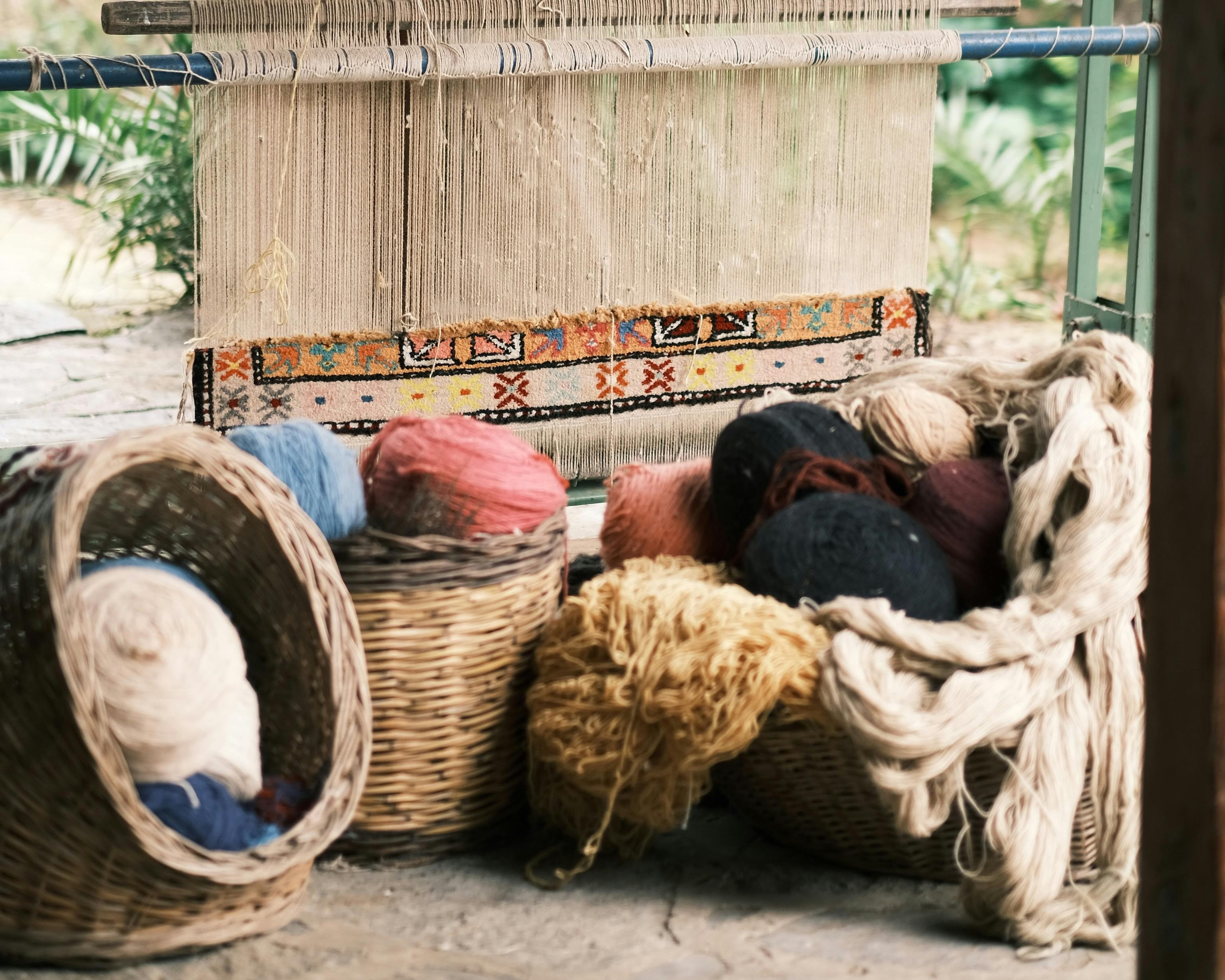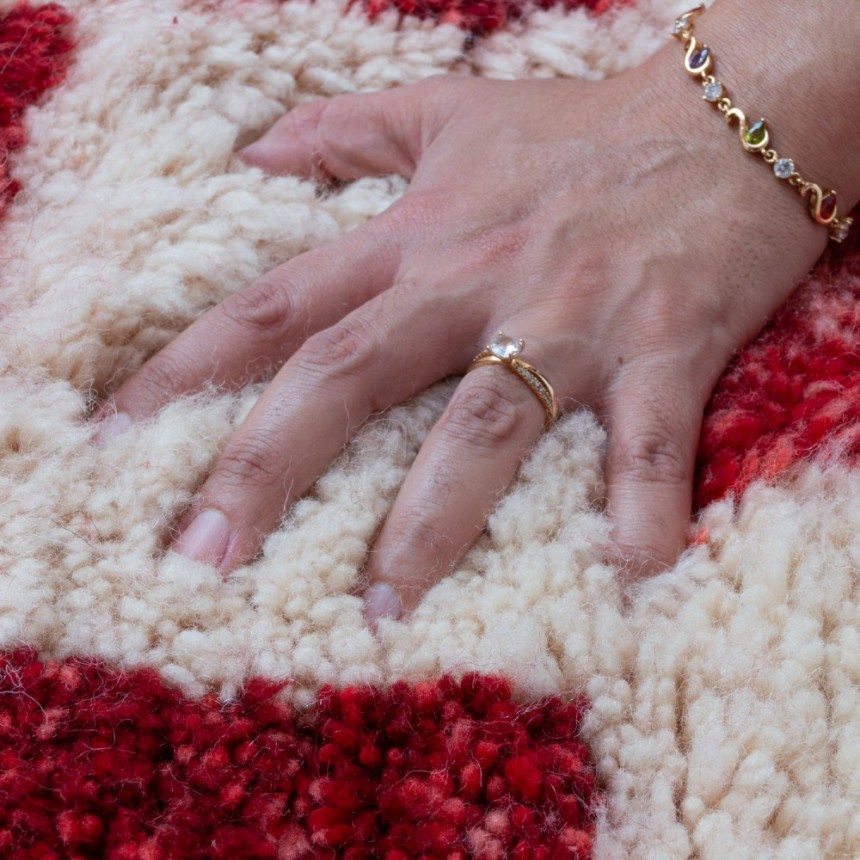
Certain elements in interior design have the ability to transform a space and create an ambiance that is both cozy and luxurious. The Moroccan shag rug stands out among these elements due to its distinct texture and undeniable charm. Moroccan shag rugs have a fascinating history that spans several decades. It demonstrates their enduring popularity and timeless appeal. Join us as we explore the origins, evolution, and legacy of this timeless style.
The Shaggy Origins

The history of shag rugs demonstrates their enduring popularity. They have stood the test of time, from their humble beginnings as functional pieces to their iconic status as luxe and comfortable. Their journey and tenacity through various eras demonstrate their adaptability and versatility in the face of different aesthetics. Shag rugs will undoubtedly remain an important part of interior design for many years to come, and we will continue to appreciate the beauty and coziness they bring to our homes!


